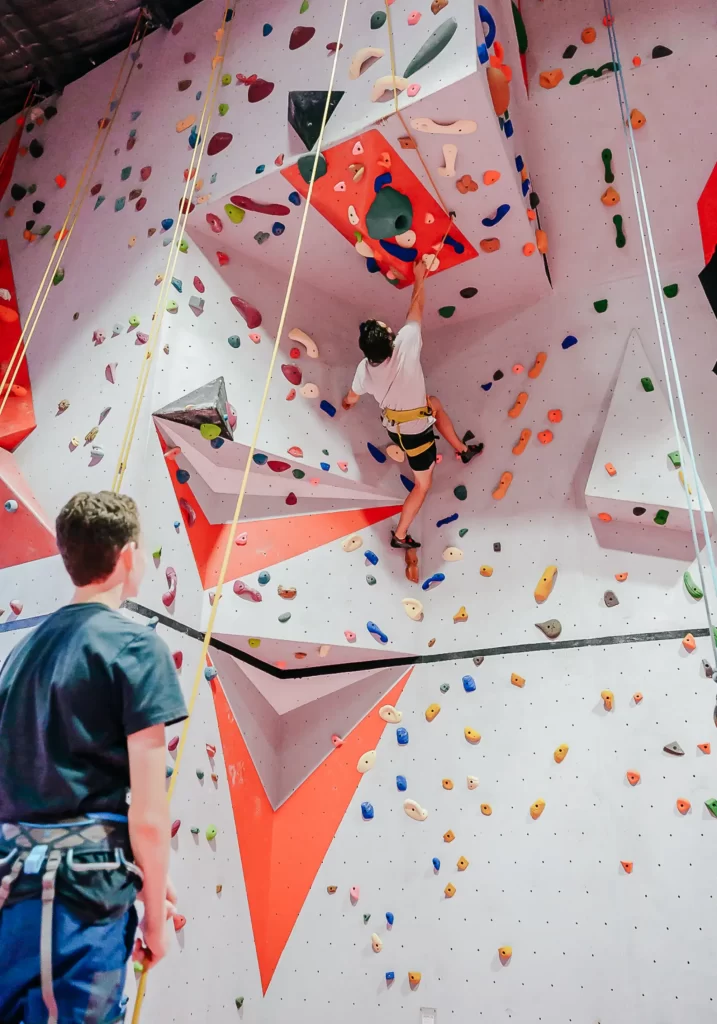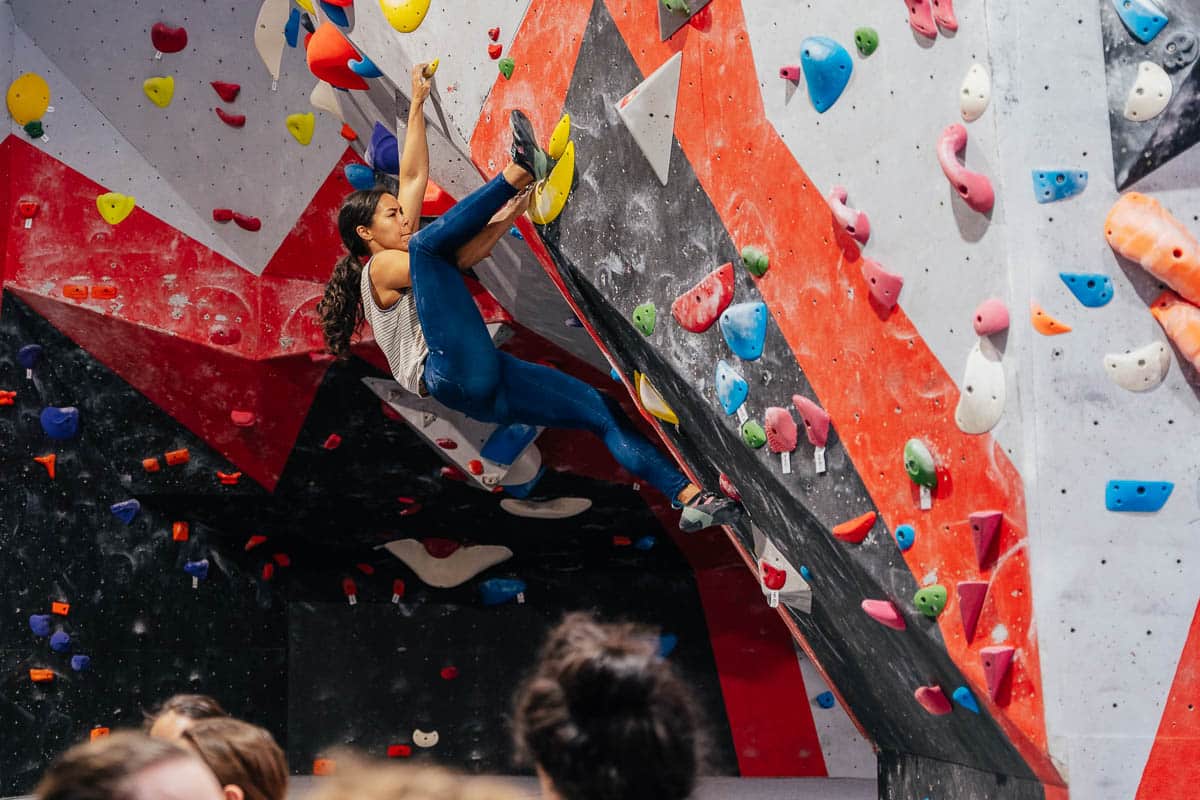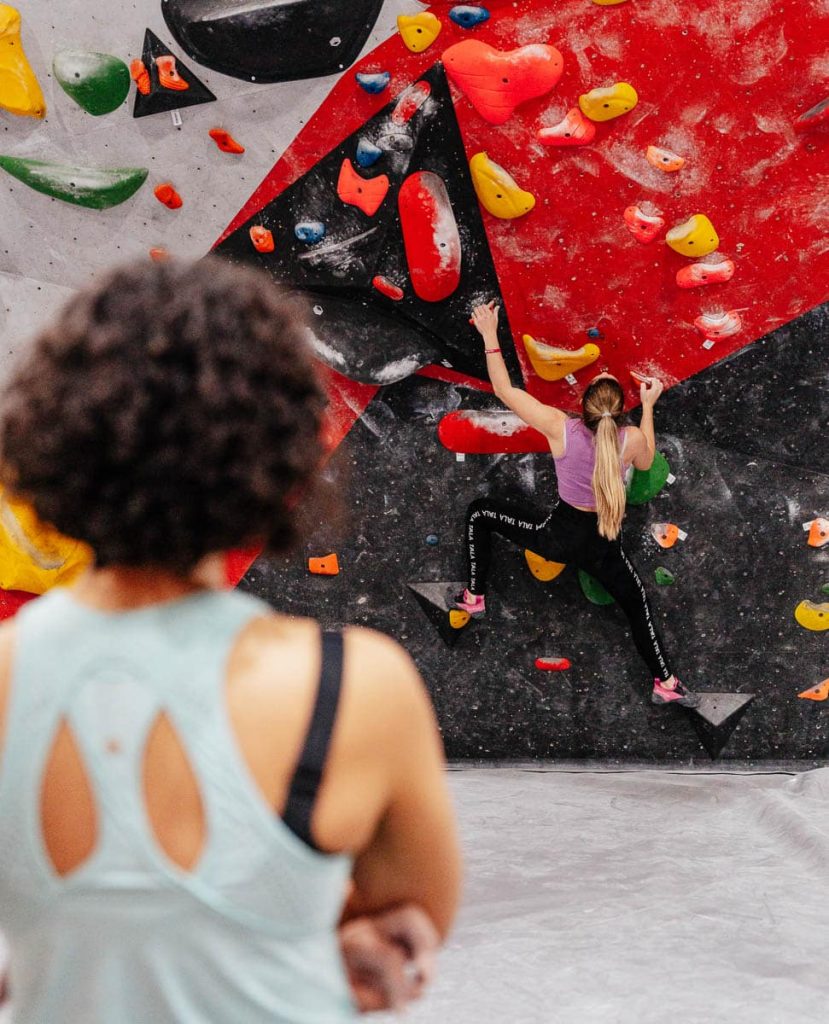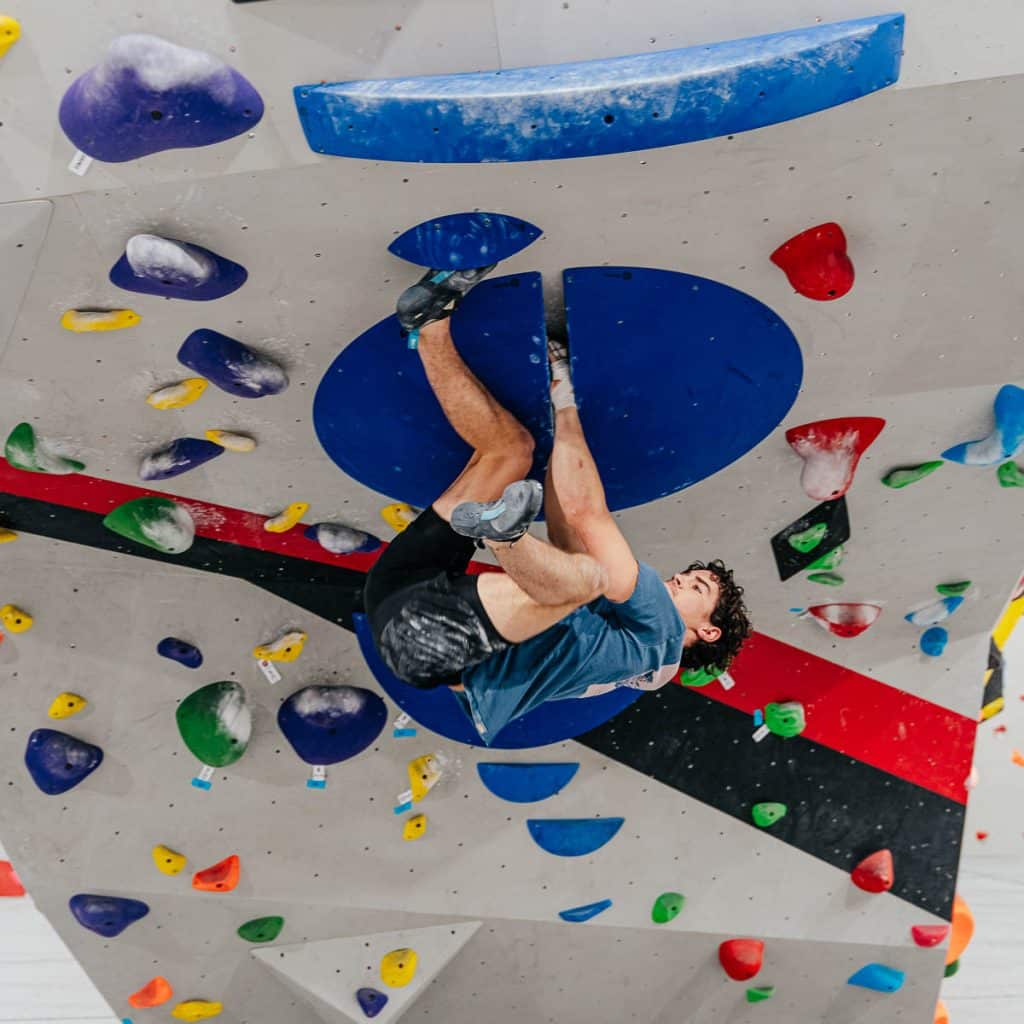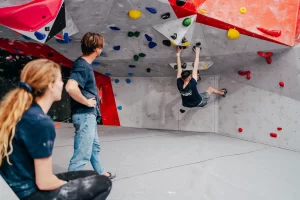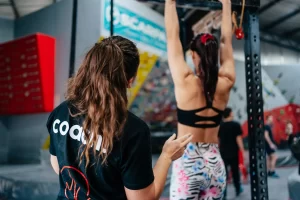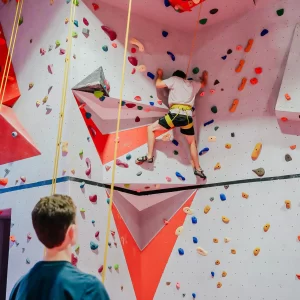
Record keeping for YOUR benefit
Record Keeping can benefit all of us
We all have to start somewhere, it’s that frustrating time where you see so many people better than you. Everyone wants to improve regardless of the sport. I can remember moving to Newcastle, at the time I struggled to do one chin up due to injuries in both elbows. I moved here thinking my climbing may have come to an end as the pain was so bad. I started frothing over surfing, suddenly BOOM that was my new passion. Anywho…… I remember really putting in the yards trying to get better, however everyone I saw in the water seemed to be better than me. I was so frustrated, I used to sit out there for hours just to get a few waves. I remember saying to myself I just want to get 3 waves per surf, sometimes that didn’t even happen. Though slowly but surely things got better and I improved enough to get my fair share of waves (although it’s never enough). However, the process it took me to get this way was not unlike my climbing journey. Those who know me best know I analyse everything to find out why I can’t do something, I am very stubborn. Now I am definitely no pro surfer and I am sure your thinking “what the f#*k has this got to do with climbing”. Well you see, without analysis we can never really improve as we don’t know what we are and aren’t doing.
Whilst I know periodisation works, over the years I have found out it is simply not for me. For me the “fun” of climbing dwindled and fizzled out within a month or two when I was following a strict training plan such as a periodised cycle. I thought to myself there has to be a way of tracking what I am doing in order for me to schedule in specific training sessions. I came up with a chart where I could record what I did, how often I did it and how I felt. Whilst for a while I only recorded it post training sessions, after further analysis I could see what was working for me and what was not. For example, I could see how many rest days I needed to perform well (this very much differed to others I climbed with). I could see improvements in say contact strength after a bout of campusing or hangboarding, though I could also see my performance was decreased if I campused the week I was to get out on rock where I wanted to perform. Discovering this allowed me to then schedule in specifics in order for me to feel my best when I needed to. A picture says a thousand words so here it is.
(Click on the image to see a larger version)
On the top left (grey) I have written the things I do for training, a letter just represents an activity. I colour in a box when I have done that activity, this just gives a visual reference as to how much I have done in the week. I also put a number in the box in case I do it more than once. The purple section below the activities is just 1-7 representing the days of the week. I colour in the box as to how many “climbing days” I have had in that week. The star represented a good week. This is important as you can analyse what you did in the lead up. I have put in a red/pink polygon so you get more of a visual reference as to the fluctuation of the “climbing days on” I have had. The days in the week in the green section is where I wrote in what I actually did for training. For example, the second day in the first week (Tuesday) I know I did Power Endurance and abs or a core work out. The colours in the same rows represent either days climbing (brown), rest (red), cardio (blue), rock time (green) and holiday (yellow). Underneath each column I had a comments box as to how I felt that week.
I don’t always use this, as once again it can start to become a little too serious for my liking. However, I do use it when I have had a break from climbing and want to get back into the training mind set. Over the years I have done many charts similar to this one, I believe they help you to understand what sort of climber you are and what works for you. Climbing is an individual sport, there is little point in copying someone else’s training hoping it will help you. Whilst you may pick up a few things here and there, in the long run you are better off understanding your body, doing some research and working out what works for you and why. This will benefit you not only now but in the future. This type of chart can be used to work out what your weaknesses are or what you are neglecting in your training. Use this information to come up with your own personalised unique program. This will give you what you need to see the improvements you are looking for.
We all climb for different reasons, some do it for the social side of things, some do it for the work out some don’t even know why they do it but find it so cathartic. Having a determined attitude and following a planned chart or cycle can prove to be beneficial, however it can also be detrimental for some due to its demand. Use this type of training with care, as at times it can take you away from why you are really climbing. Climbing should be enjoyable, it should be a release, where you are in the moment and nothing else matters, a somewhat state of meditation. But, if you are wondering how you can improve and you have tried many things, why not give this a crack.
Pete Tosen
 (Not on topic though a beautiful pic of canola fields on our way to the Grampians.)
(Not on topic though a beautiful pic of canola fields on our way to the Grampians.)

